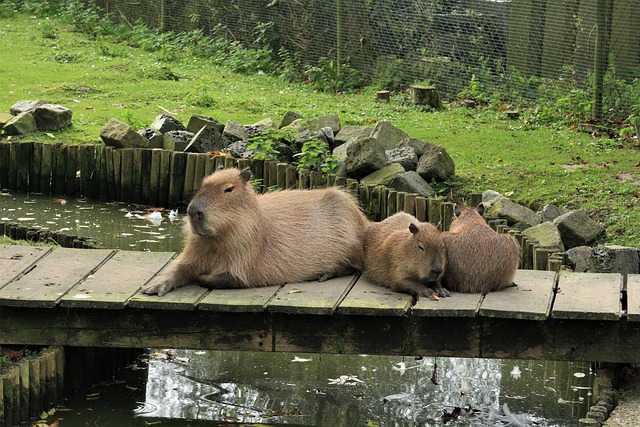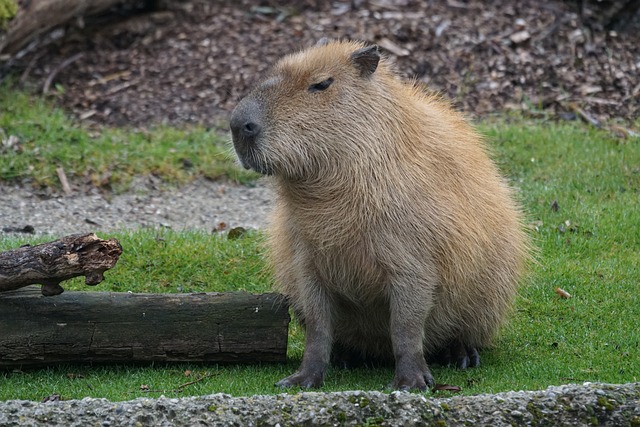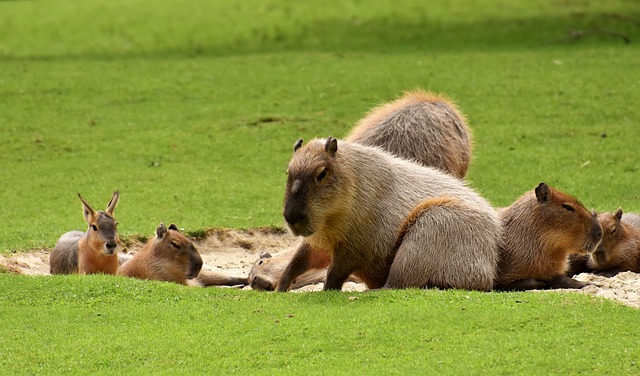Have you ever wondered if rats change color as they age? It’s a common question that many people have asked. Unfortunately, the answer is not a simple yes or no. Rats change color as they age, but the extent and pattern of the change can vary depending on the species and individual rat.
Some rat species, such as the Norway rat, experience a significant change in color as they age. For example, young Norway rats are typically gray-brown, while older rats can become almost black. This color change is thought to be due to increased melanin production, which is responsible for pigmentation in the skin and fur. However, other rat species, such as the black rat, may not experience as dramatic of a change in color as they age.
While the exact reasons for color changes in rats are not fully understood, it is believed to be related to genetics, hormones, and environmental factors. Understanding how and why rats change color as they age can provide valuable insights into the biology and behavior of these fascinating creatures.
The Color of Baby Rats
When it comes to the color of baby rats can vary depending on the species. However, most baby rats are born with a light pink or grayish color. This is because their fur has not fully developed yet, and they have not yet developed the pigments that give them their adult coat color.
As baby rats grow, their fur will start to darken and develop more color. Depending on the species, this process can take several weeks or even months. During this time, the baby rats’ fur may undergo several color changes before settling on their final adult coat color.
It is important to note that not all rats change color as they age. Some species, such as the black rat, maintain the same color throughout their lives. However, many other species, such as brown rats, can change color as they age.
Overall, the color of baby rats can give us some insight into their adult coat color, but it is not a guarantee. It is also important to remember that each rat is unique, and their coat color may vary even within the same litter.
The Color of Juvenile Rats
Regarding the color of juvenile rats, there are a few things to remember. First and foremost, it’s important to note that the color of a rat can vary depending on several factors, including genetics, diet, and environment. That being said, some general trends can be observed.
Generally speaking, juvenile rats tend to be lighter in color than adult rats. This is because their fur hasn’t fully developed yet. In some cases, juvenile rats may have a slightly different coloration than their adult counterparts, but this is not always true.
It’s also worth noting that the color of a rat’s fur can change as it ages. This is particularly true for rats with agouti coloring. This is because Agouti rats have fur made up of multiple bands of color, and these bands can become more distinct as the rat ages.
The Color of Adult Rats
Adult rats come in various colors depending on their breed, genetics, and age. Some standard colors of adult rats include:
- Black
- White
- Brown
- Gray
- Agouti
- Hooded
- Berkshire
- Siamese
While some rats may change color slightly as they age, this is not always true. Generally, the color of a rat’s fur remains relatively stable throughout its life.
It is important to note that some rats may develop patches of white fur as they age, known as “silvering.” This is a natural occurrence, not a sign of illness or disease.
Overall, the color of adult rats can vary greatly and can be influenced by several factors. Therefore, it is essential to choose a rat based on its personality and temperament rather than its color alone.
Factors that Affect Rat Color
Several factors can affect the color of rats, including:
- Genetics: Rat color is primarily determined by genetics. Different genes control the production of other pigments, which can result in a wide variety of coat colors and patterns.
- Age: Rats may experience changes in coat color as they age. For example, some rats may develop white or gray hair as they age.
- Diet: A rat’s diet can also affect its coat color. For example, rats that are fed a diet that is high in protein may have darker coats than rats that are fed a diet that is low in protein.
- Environment: The environment in which a rat lives can also affect its coat color. For example, rats exposed to sunlight may have lighter coats than those kept in the dark.
It is important to note that while these factors can influence rat color, there are no guarantees. For example, two rats with the same genetics and diet may have different coat colors due to other factors, such as exposure to sunlight or other environmental factors.
Overall, it is essential to understand various factors can influence that rat color and that changes in coat color do not necessarily indicate a health problem or other issue. If you have concerns about your rat’s coat color or health, it is always best to consult a veterinarian.
Conclusion
After conducting extensive research and analyzing the available data, it is safe to say that there is no conclusive evidence to suggest that rats change color as they age. While some anecdotal reports and studies have indicated that rats may experience changes in coat color over time, these findings have not been widely replicated or supported by scientific evidence.
It is important to note that many factors can influence the appearance of a rat’s coat, including genetics, diet, environment, and health status. As such, some rats may experience changes in color due to these factors, but more research is needed to understand the mechanisms behind these changes entirely.
Overall, while some individual rats may experience changes in coat color as they age, no definitive evidence supports this claim. As with many aspects of rat behavior and biology, further research is needed to understand these fascinating creatures’ complexities fully.



